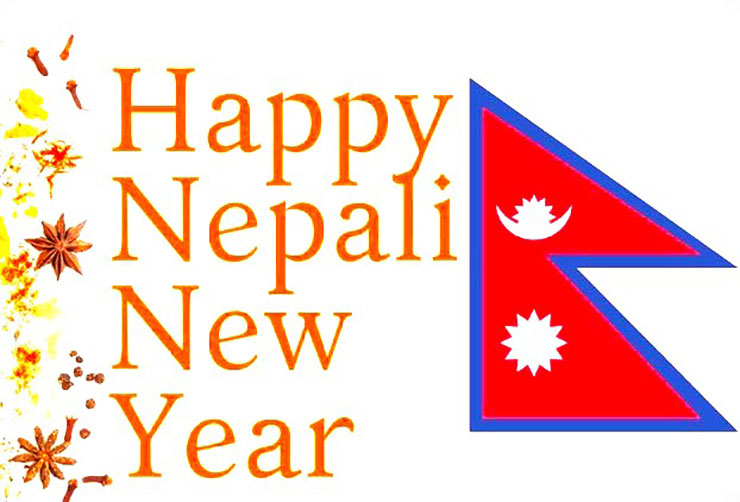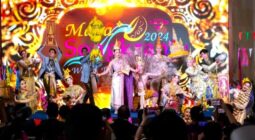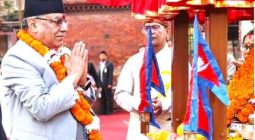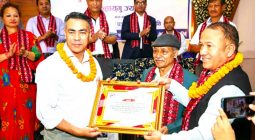Nepalese festivals are celebrated religious to historical aspect, agricultural to seasonal changes and legendary fun. Above all, a festival is a social occasion, and an affirmation of the ancient and strong bonds of religion and culture. The festivals and the way a country observes form the nation’s culture.
Every festival in Nepal traditionally begins with something religious and moves with spontaneous spirit into a pleasant family feast. This is because, for Nepalese, religion has always influenced and has been the core of Nepali culture. Thus, Nepal’s festivals are dynamic, enthralling events for every foreign visitor. The influx of new sights and sounds are full of energy and life, and rich with genuine excitement.
Among the many festivals, the first day of Baisakha is also important not only because of the New Year’s Day but also has its own value from the cultural viewpoint.
New Year means a refreshing and rejoicing mood! This day gives inspiration to all to start work anew with newer resolutions and also by reaffirming good intentions on our march towards development and prosperity.
From today, Nepal has entered into 2080 Bikram Sambat. Nepal is celebrating the New Year from Friday 14th of April, 2023 marking the beginning of New Year.
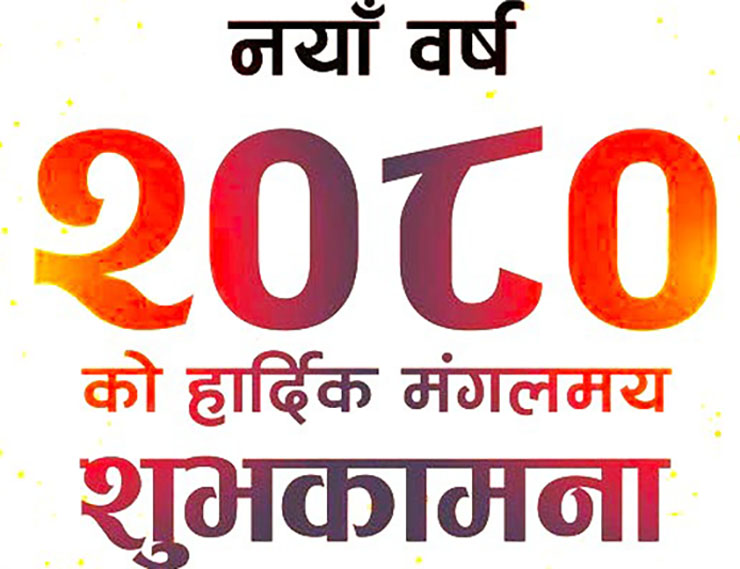
The New Year is celebrated rejoicing or quietly but however will be observed colourfully. The New Year celebrations are simple in the Nepalese home: family priests visit their patrons’ houses and give them predictions for the coming year from Sanskrit astrological almanacs.
Mes means Aries (Ram). In Sanskrit, it means the first day of the month. Mes Sankranti, therefore, means the day when the Sun enters Aries in the Zodiac system.
On this day all the Nepalese exchange greetings wishing each other a Happy New Year. This day is notable not only as New Year’s Day but also as a day of festivity and of religious sanctity.
The New Year gives us inspiration to start new work anew with newer resolutions and also by reaffirming good intentions on our march towards development and prosperity.
In Nepal, New Year is celebrated in different ways. In Nepal the Vikram-Sambat calendar is observed. Nepalese people hope that the New Year will bring joy and happiness to their lives.
It is also important to look back with nostalgia and with pride at the achievements of the past successes and failures, happiness and sadness and relieving the memories of those who are no more with us but also to plan further action on the basis of these.
The Bikram Sambat is a legacy of Hindu revival. As Nepal is always responsible for the Hindu renaissance, Bikram Sambat came to be adopted in our country’s official documents in the 16th century.
The first day of the bright lunar fortnight that falls on every Baisakh is observed as the New Year’s Day. On this day the Nepali people exchange greetings wishing each other a happy new year.
Early in the morning of this day religious-minded Kathmandutites especially go to Tokha, north of Kathmandu to bathe in a stream known as “Swapna Teertha”, popularly called “Sapan Teertha” literally meaning the stream of a dream. There is a legend behind the name “Swapna Teertha”.
On the same day in Bhaktapur, the New Year coincides with Bisket Jatra, one of the most exciting of all major festivals of the Valley. In the street of Bhaktapur, however, it’s a noisy and crowded celebration of the God Bhairav and his wife Bhadrakali; and the celebration of victory over two evil serpent demons.
During the festival days, people make the rounds of all the temples of the town with offerings, for it is thought that the gods and goddesses all come to visit Bhaktapur at Bisket Jatra.
On the last day of the old year a great ceremonial pole is erected in an open area on the banks of Hanumantte River near the downtown Bhaktapur. From a cross beam two long banners hang to the ground, representing two vanquished snake demons.
Festivities are also going on in the little town Thimi-on the way to Bhaktapur. New Year in Thimi is a celebration of their guardian Bal Kumari, another consort of Bhairav.
New Year is also an important occasion to look back with nostalgia and with pride at the achievements of the past year. Not only is New Years’ Day a time to take stock of the past successes and failures, happiness and sadness and relieve the memories of those who are no longer with us but also to plan further action on the basis of these.
New Year heralds a new beginning. New Year brings faith in and promise to life. It is a harbinger of hope.
On New Year’s Day, people visit different shrines to start a new life from that day and vow not to repeat their bad karma.
Looking through the history of the New Year, the tradition of celebration has varied and many new ways have been added too.
The New Year that falls in mid-April is not only kicked off of the new day in Nepal but also being celebrated in Bangladesh, Cambodia, India, Indonesia, Laos, Myanmar, Pakistan, Sri Lanka, Thailand entering towards their New Year Day on Friday.
HAPPY NEW YEAR!!!

